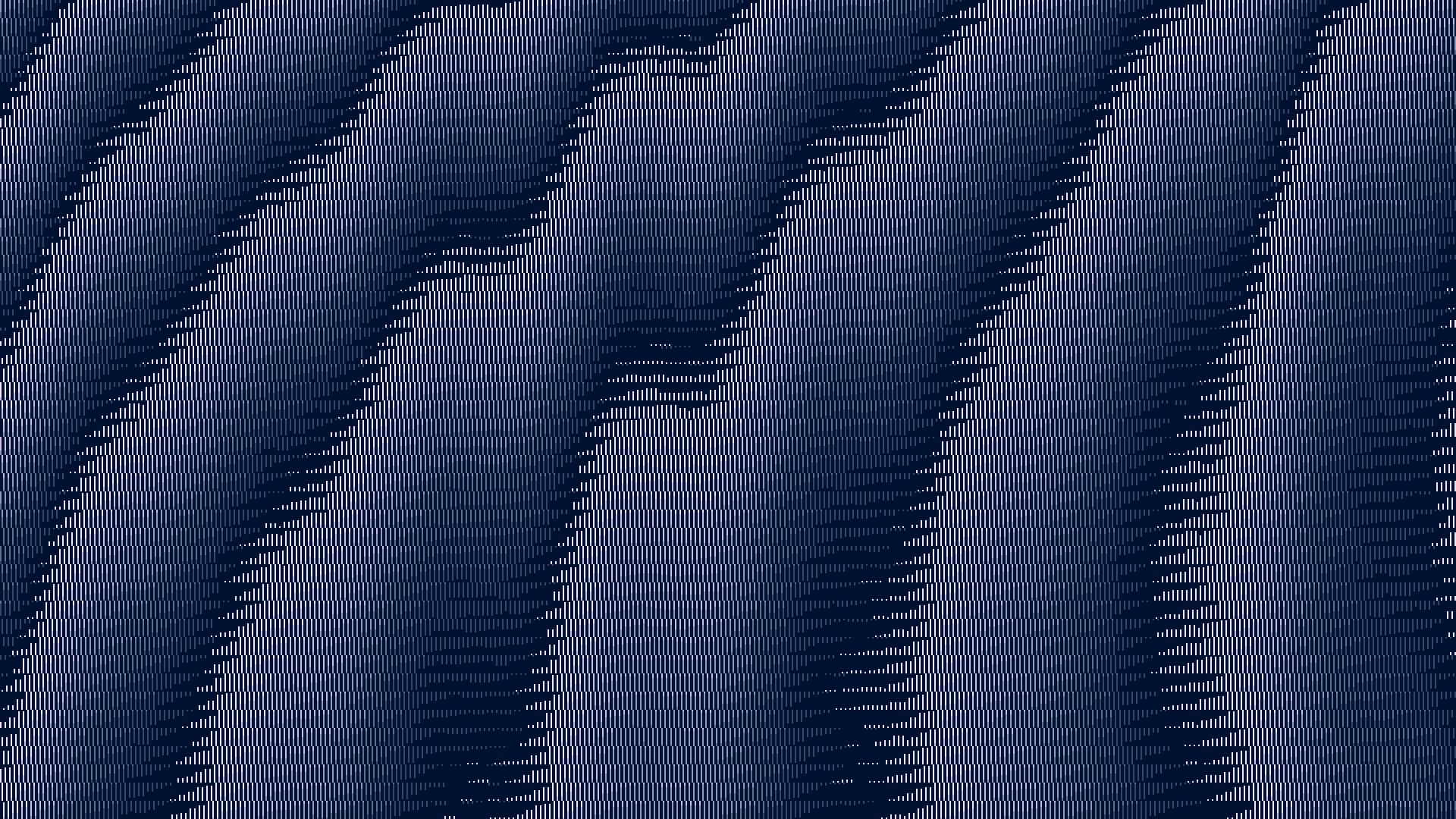
William James and Jenny Odell: Rendering Reality From Gray Chaotic Indiscriminateness
 “Millions of items of the outward order are present to my senses which never properly enter into my experience. Why? Because they have no interest for me. My experience is what I agree to attend to. Only those items which I notice shape my mind—without selective interest, experience is an utter chaos. Interest alone gives accent and emphasis, light and shade, background and foreground intelligible perspective, in a word. It varies in every creature, but without it the consciousness of every creature would be a gray chaotic indiscriminateness, impossible for us even to conceive.“ –William James
“Millions of items of the outward order are present to my senses which never properly enter into my experience. Why? Because they have no interest for me. My experience is what I agree to attend to. Only those items which I notice shape my mind—without selective interest, experience is an utter chaos. Interest alone gives accent and emphasis, light and shade, background and foreground intelligible perspective, in a word. It varies in every creature, but without it the consciousness of every creature would be a gray chaotic indiscriminateness, impossible for us even to conceive.“ –William James
The above passage comes from William James’ famous book The Principles of Psychology Vol. 1, but I so gleefully came across the quote recently while reading Jenny Odell’s book How to Do Nothing: Resisting the Attention Economy.
Odell’s book is a wonderfully ambitious and incisive meditation on our current situation in late stage capitalism. The book fooled me at first by initially sounding like a self-help manual, but I am happy to say that by satisfyingly sprouting into an anarcho-socialist manifesto — complete with references to a few of my favorite thinkers including the anarchist Christian mystic, Thomas Merton; the revered Jewish philosopher (who was also probably an anarchist), Martin Buber; and the radical empiricist philosopher, William James — the book has seriously won my favor.
Odell references James’ quote above during a section where she is discussing the importance of interiority and taking time to pay close attention to the spaces around us. According to Odell, the reasons to “deepen” our attention are considerable and those reasons, Odell writes, “have to do with the very real ways in which attention—what we pay attention to and what we do not—renders our reality in a very serious sense. From the same set of ‘data,’ we draw conclusions based on our past experiences and assumptions.” The results can be pernicious. Odell goes on to quote social psychologist, Evelyn R. Carter, who emphasizes something sensitive, loving, and engaged people have intuitively known for quite a while: “people in the majority and the minority often see two different realities.”
Drawing on her experience with 3-D modeling, Odell reflects on the idea of ‘rendering’ in a delightful and helpful way by connecting it to how James imagines interest and attention rendering the world from “gray chaotic indiscriminateness”:
“…the actual image [of a digital 3-D model] relies on a long list of variables like camera angle, lighting, textures, material, render engine, and render quality. Any one scene could thus produce an infinite number of different images depending on how it is rendered, each image essentially a different treatment of the same set of objects…It’s not hard to expand this into a more general model of rendering, where the objects in the scene are the objects, events, and people of the outside world, and the rendering decisions are the particular map of our attention.”
I really like this idea and I think James and Odell are correct in suggesting that what we choose to pay attention to will render our reality in a major way that is virtually invisible to us. This is why the “deep attention” like Odell talks about—which is essentially the continual task of attempting to see the world in a contemplative, artistic, poetic way that may end up resembling bioregionalism or an indigenous relationship to the land—is so important. I’d venture to say that this is also why diverse cultural representation in various forms of media and government matter, as well as maintaining a conscious, personal effort to intentionally seek out that which may be overlooked when it comes to our personal taste (music, food, art, literature, philosophy, etc.). Additionally, all this talk of creatively rendering our worlds brings to mind divergent thinking and some stuff I’ve written in the past about imagination that seems to connect. But of course, with regard to ‘attention’ and ‘focus,’ I’d be remiss if I didn’t’ mention Jesus’ famous warning about the stuff we pay attention to and how easy it is for our dear little hearts to become attached, especially to things like power, certainty, and money #ChaChing #TreasuresInHeaven
…
Image above: by Nicholas Sassoon
0 Comments